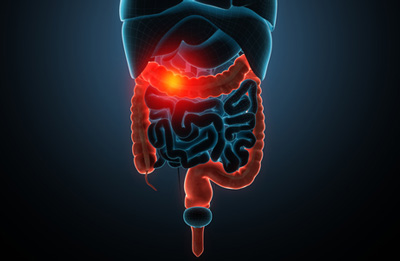New data for vedolizumab in UC presented at DDW
Posted: 24 May 2016 | | No comments yet
Vedolizumab is the first and only biologic therapy to be approved simultaneously for the treatment of adults with moderately to severely active UC…


Two data analyses – one evaluating the optimal position of Takeda’s vedolizumab in the ulcerative colitis (UC) treatment paradigm, and a second separate analysis assessing whether early vedolizumab trough levels were associated with subsequent drug efficacy – have been presented at the 2016 Digestive Disease Week (DDW).


Vedolizumab is a humanised monoclonal antibody approved in May 2014 in the European Union and the United States under the trade name Entyvio (vedolizumab). Entyvio is now approved in 49 countries, across five continents. Entyvio is the first and only biologic therapy to be approved simultaneously for the treatment of adults with moderately to severely active UC or CD who have had an inadequate response with, lost response to, or were intolerant to either conventional therapy or a TNF antagonist.
Vedolizumab trough levels
At DDW, a post hoc analysis of GEMINI 1 data was presented. The data assessed whether early vedolizumab trough levels were associated with subsequent drug efficacy for the treatment of adults with moderately to severely active UC. In GEMINI 1, patients received either placebo or vedolizumab at weeks 0 and 2. Vedolizumab-treated patients who achieved clinical response at week 6 were randomised to placebo or vedolizumab every 8 or 4 weeks, in this 52 week study. This post hoc analysis focused on the every 8-week dosing group. Clinical remission was determined at week 14, and vedolizumab trough concentrations were summarised by remission status. Percentages of patients in clinical remission were summarised for patients stratified into quartiles based on their vedolizumab trough levels at week 2, 4, or 6.
Vedolizumab trough concentrations at week 6 correlated with clinical remission rates at week 14. Patients who achieved clinical remission at week 14 had higher median vedolizumab trough concentrations at weeks 2, 4, and 6 than those not in clinical remission. Further evaluation is needed to help identify if there is an optimal vedolizumab concentration range at an early time point predictive of clinical remission in UC patients.
Position in the treatment paradigm
In the second presentation at DDW, a Markov model was constructed to assess where in the current treatment paradigm vedolizumab use would yield the greatest benefit when measured in clinical outcomes and quality adjusted life years (QALYs).
This model suggested that incorporating vedolizumab early in the treatment paradigm may result in the greatest potential benefit for individuals with moderate to severe UC who require steroid-sparing therapy.
Commenting on the data presented at DDW, Karen Lasch, M.D., U.S. medical director, Gastroenterology, Takeda, said: “The treatment paradigm for ulcerative colitis is evolving, and further investigation into how to integrate various treatment options may be beneficial for physicians. We believe vedolizumab is an important treatment for patients with ulcerative colitis and these findings help expand our understanding of its use in the clinical setting.”




